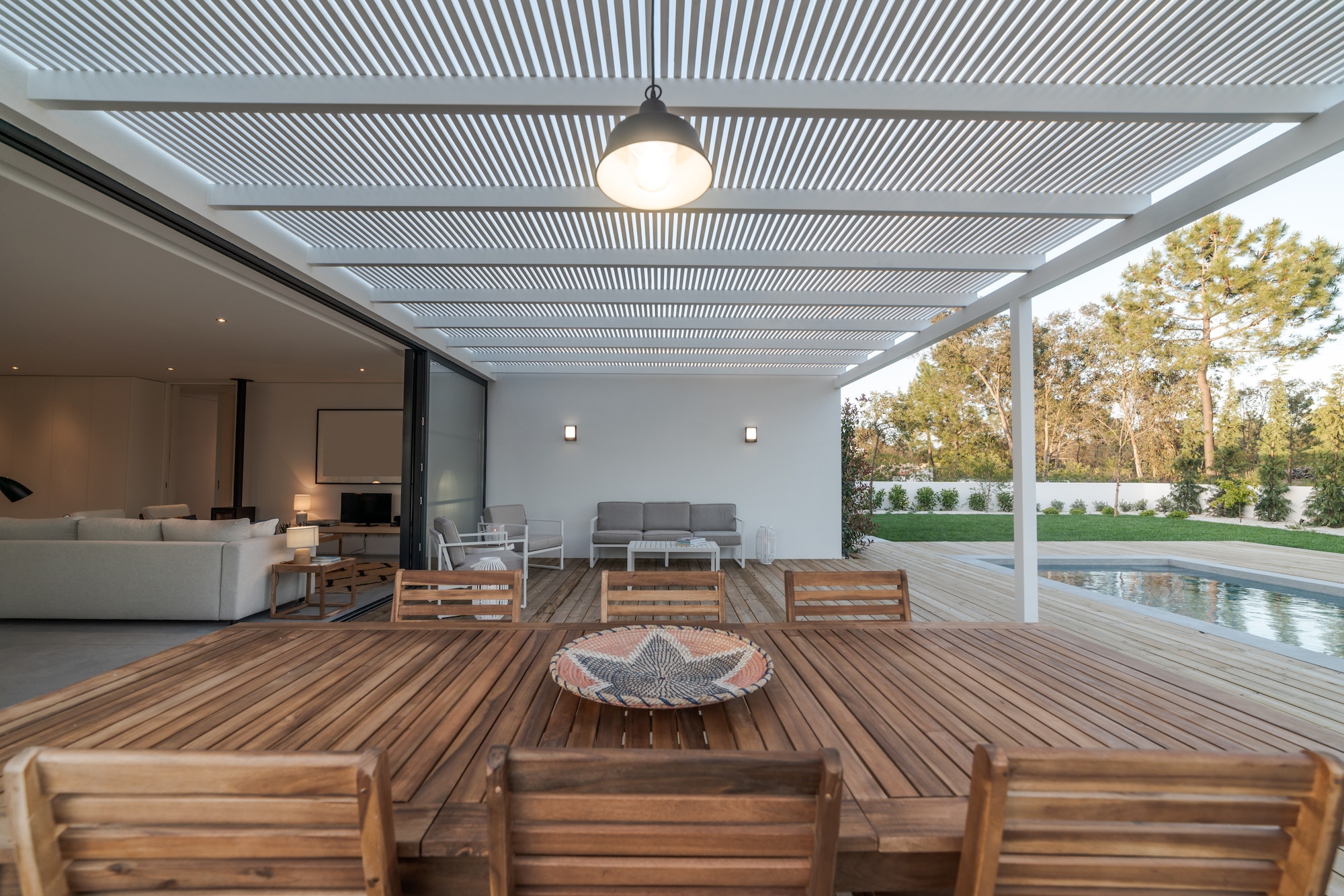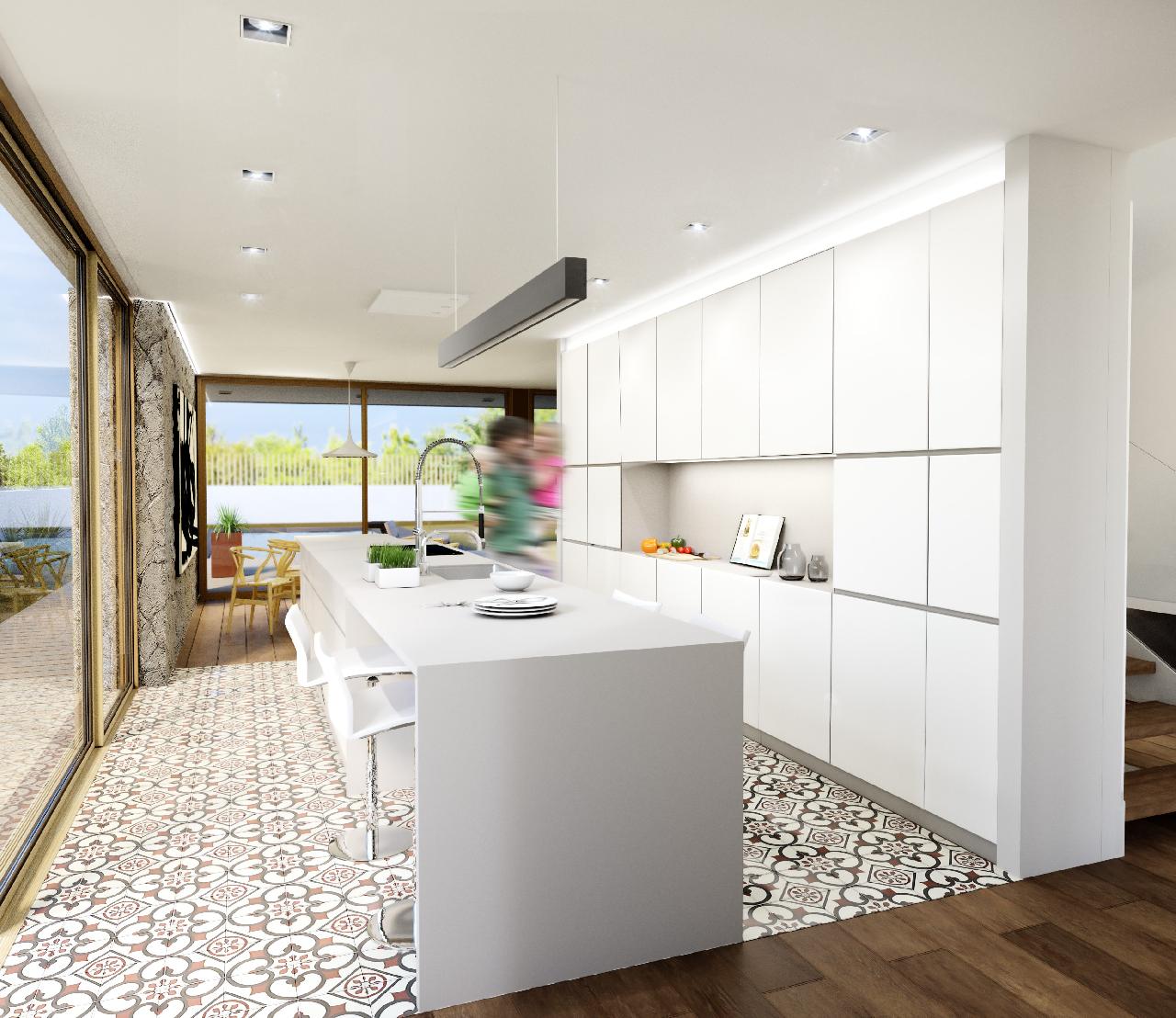In recent years, there has been a growing emphasis on environmental stewardship and the urgent need to take care of the planet. This has led to increased public awareness and efforts by many to reduce their carbon footprint and consumption of the Earth’s finite natural resources.
In light of these pressing issues, growing numbers of people are looking for more sustainable ways of living which are in greater harmony with nature and which seek to protect the biodiversity of the planet for future generations.
When it comes to building outdoor structures, such as a backyard deck, sustainability continues to be an important consideration as alternative methods and materials that have less adverse effects on the environment are being increasingly sought. In this article, we’ll explore some of the ways that you can design and build a sustainable deck with the use of eco-friendly materials and construction methods.
Construction Method
The construction method is an important consideration when building a sustainable deck. Traditional deck construction methods can be wasteful and energy-intensive, requiring large amounts of energy and resources to produce and transport the materials needed for construction. By contrast, sustainable construction methods prioritize energy efficiency, waste reduction, and environmental responsibility.
When it comes to foundation options helical piles for decks are an eco-friendly solution that is also easy to install. These piles have a minimal impact on the soil and require less concrete than conventional foundations, making them a sustainable choice for decking projects.
Modular decking systems are one way to reduce waste during deck construction. They are pre-fabricated and can be easily installed without the need for traditional framing and fastening methods, reducing the amount of waste produced during construction and the amount of energy required to build a deck.
Another sustainable construction method is to use locally-sourced materials whenever possible. By sourcing materials from local suppliers, you can reduce the energy required to transport materials to your backyard or job site, which can have a significant impact on your carbon footprint. Using local materials also helps to support the local economy and can provide opportunities for sustainable land management practices.
Choice of Materials
One of the most important considerations when building a sustainable deck is your choice of materials. Traditional decking materials such as pressure-treated lumber and tropical hardwoods are often sourced from virgin forests and require a great deal of energy to manufacture and transport. Fortunately, there are many eco-friendly decking materials available that offer similar durability and longevity without the environmental impact.
Composite decking is a popular choice and is composed of a mixture of wood fibers and recycled plastic. This highly durable material requires very little maintenance, making it an attractive option for those who want a low-maintenance deck that will last for years to come. Since it is made from recycled materials, composite decking is also an eco-friendly choice that helps to reduce waste and conserve natural resources.
Bamboo is another eco-friendly decking material as it is a rapidly renewable resource that grows much faster than traditional hardwoods, making it a sustainable choice. As it is naturally resistant to moisture and pests, bamboo also makes an ideal material for outdoor use. This naturally durable material when properly treated and finished, can last for decades without showing signs of wear or damage.
Sustainable Features
In addition to choosing sustainable materials and construction methods, there are several other steps you can take to ensure that your deck is as sustainable and eco-friendly as possible. Incorporating sustainable features into your deck design such as solar-powered lights, which utilize renewable energy from the sun, can be an ideal way for you to reduce your energy consumption and carbon footprint.
You can also add plants and greenery to your deck which not only provides an aesthetically pleasing environment but also helps to improve air quality by filtering out pollutants and releasing oxygen into the atmosphere. Greenery can also help reduce the urban heat island effect. This occurs where urban areas experience significantly higher temperatures than surrounding rural areas due to heat absorption and re-emission from hard surfaces such as buildings and roads.
Integrating these sustainable elements into your deck design will allow you to create a visually appealing and environmentally conscious space that benefits both you and the planet.
By choosing eco-friendly materials and construction methods when building your deck, you can create a beautiful outdoor space that is both functional and environmentally responsible.
Discover more from Futurist Architecture
Subscribe to get the latest posts sent to your email.

![modern apartment [article_title]](https://www.futuristarchitecture.com/wp-content/uploads/2025/03/5-Hushed-Hacks-to-Quiet-Like-a-Whisper-With-Soundproof-900x600.jpg)

